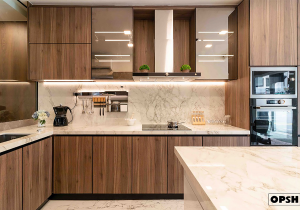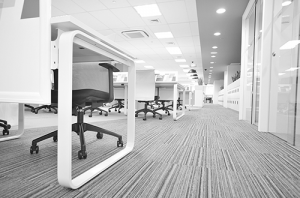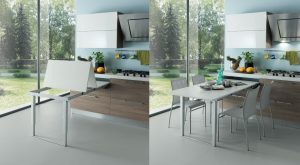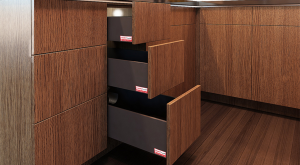Featured Post
Creating a Functional Home Office: A Comprehensive Guide
Creating a functional home office is essential for anyone working from home. It not only boosts productivity but also helps maintain a healthy work-life balance. In this article, we'll explore how to set up a home office that is both efficient and comfortable, covering everything from choosing the right location to personalizing your space.

Choosing the Right Location
The first step in creating a functional home office is selecting the right location. Ideally, you want a quiet, dedicated space where you can focus without distractions. If you have a spare bedroom, that's perfect. But even a corner of your living room or a nook under the stairs can work if you set it up properly.
When I set up my home office, I chose a spare bedroom with a door I could close to minimize noise. This helped me stay focused and separate my work life from my personal life.
Essential Furniture Pieces
Once you've chosen your location, it's time to think about furniture. The key pieces you'll need are a desk, a chair, and storage solutions.
- Desk: Look for a desk that is spacious enough to hold your computer, paperwork, and other essentials. A desk with built-in storage can be a great space-saver.
- Chair: Invest in a good-quality ergonomic chair that supports your back and promotes good posture. You'll be spending a lot of time in it, so comfort is key.
- Storage: Shelves, filing cabinets, or even a simple bookcase can help keep your workspace organized and clutter-free.

Ergonomics
Setting up your workspace ergonomically is crucial to prevent strain and injury. Here are some tips:
- Monitor Height: Your monitor should be at eye level to avoid neck strain.
- Chair Adjustment: Adjust your chair so your feet are flat on the floor and your knees are at a 90-degree angle.
- Keyboard and Mouse: Keep your keyboard and mouse at a height where your elbows are at a 90-degree angle.
I learned the hard way that poor ergonomics can lead to back pain and discomfort. After adjusting my setup, I noticed a significant improvement in my comfort and productivity.
Lighting
Good lighting is essential for a functional home office. Natural light is best, so try to position your desk near a window. If that's not possible, invest in quality artificial lighting.
- Task Lighting: A desk lamp can provide focused light for reading and writing.
- Ambient Lighting: Overhead lights or floor lamps can help illuminate the entire room.
I love working by a window because the natural light keeps me energized and reduces eye strain.

Technology and Equipment
Your home office needs the right technology to keep you productive. This includes:
- Computer: A reliable computer or laptop is a must.
- Internet: Ensure you have a stable internet connection.
- Printer/Scanner: Depending on your work, you might need a printer or scanner.
- Backup Solutions: Consider external hard drives or cloud storage for backing up important files.
I always keep a backup of my work on an external drive and in the cloud. It gives me peace of mind knowing my data is safe.
Organization and Storage
A cluttered workspace can hinder productivity. Here are some tips to keep your home office organized:
- Use Shelves: Install shelves to store books, files, and office supplies.
- Cable Management: Use cable organizers to keep cords tidy.
- Daily Tidying: Spend a few minutes at the end of each day tidying your desk.
I find that a clean workspace helps me start each day with a clear mind.

Personalization
Your home office should be a place where you enjoy spending time. Personalize it with items that inspire you, such as:
- Artwork: Hang paintings or prints that you love.
- Plants: Add some greenery to improve air quality and aesthetics.
- Photos: Display photos of family and friends to keep you motivated.
I have a small succulent on my desk and a family photo on the wall. They make my workspace feel more personal and welcoming.
Budget Considerations
Setting up a home office doesn't have to break the bank. Here are some budget-friendly tips:
- Second-Hand Furniture: Look for gently used furniture at thrift stores or online marketplaces.
- DIY Solutions: Get creative with DIY storage solutions using items you already have.
- Prioritize Essentials: Focus on the must-haves first and add decorative items later.
When I first set up my home office, I found a great desk at a local thrift store and repurposed some old shelves. It saved me a lot of money.

In conclusion, creating a functional home office is about more than just having a desk and a chair. It's about designing a space that supports your work style, promotes comfort, and inspires productivity. By following the tips in this article, you can set up a home office that helps you thrive.
For more insights on home design and productivity, check out the recommended readings below.









